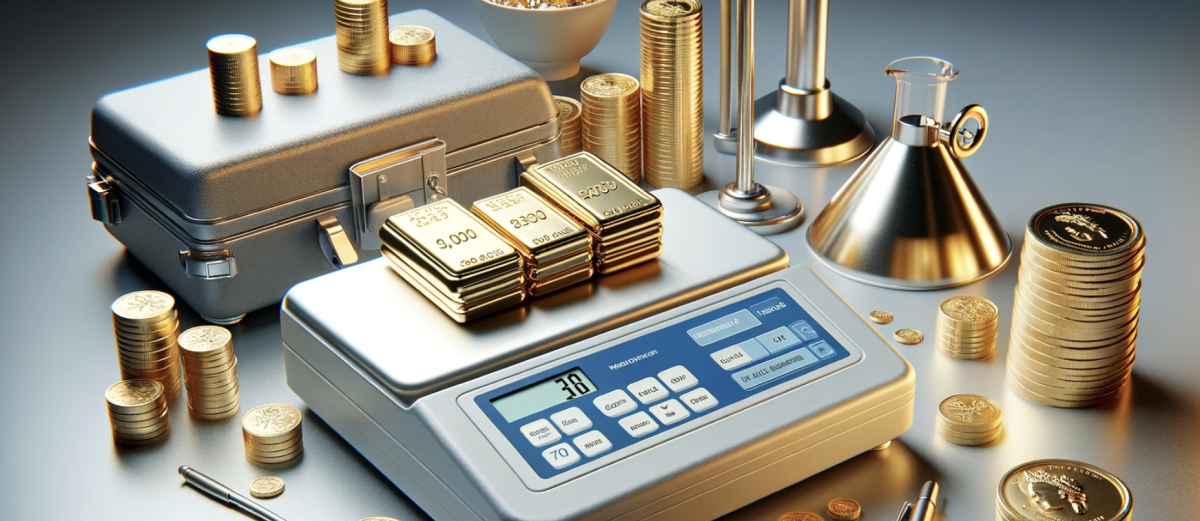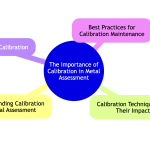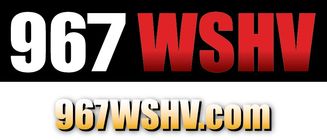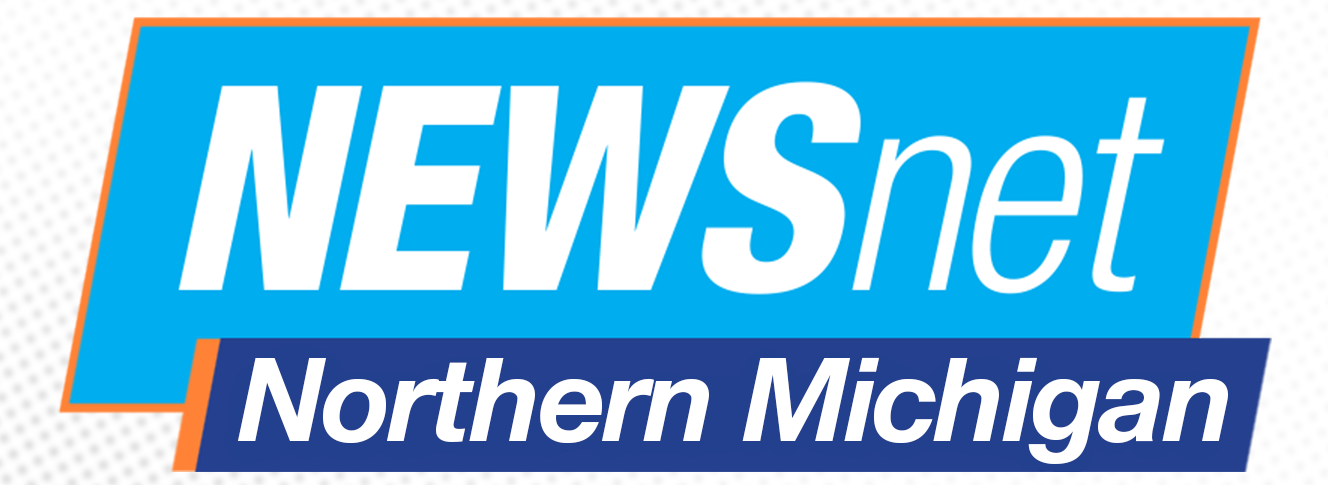Introduction to Metal Assessments
Calibration is a foundational duty for anyone assessing precious metals. Without calibration, we could not trust the readings to be accurate. Properly calibrating a measurement instrument involves following specific user instructions accurately and consistently. Any precious metal professional will know this important philosophy.
Gold Rush is committed to employing the latest, industry-leading methods to accurately assess the value of your precious metals based on weight and purity.
Located throughout Colorado and the greater Houston, TX area, Gold Rush is here to serve the communities we live in.
Remember for all precious metal assessments, or to sell Gold in Pearland Houston, TX - Gold Rush Pearland.
Key Takeaways
- Consistent Accuracy: Regular calibration is crucial for maintaining the accuracy of measurement instruments.
- Error Reduction: Proper calibration minimizes errors in metal purity assessments, enhancing reliability.
- Compliance and Quality Assurance: Calibrated instruments help meet industry standards and regulatory requirements.
- Financial Impact: Inaccuracies in metal evaluation can lead to significant financial losses.
- Maintenance Best Practices: Establishing routine calibration checks ensures long-term precision and reliability.
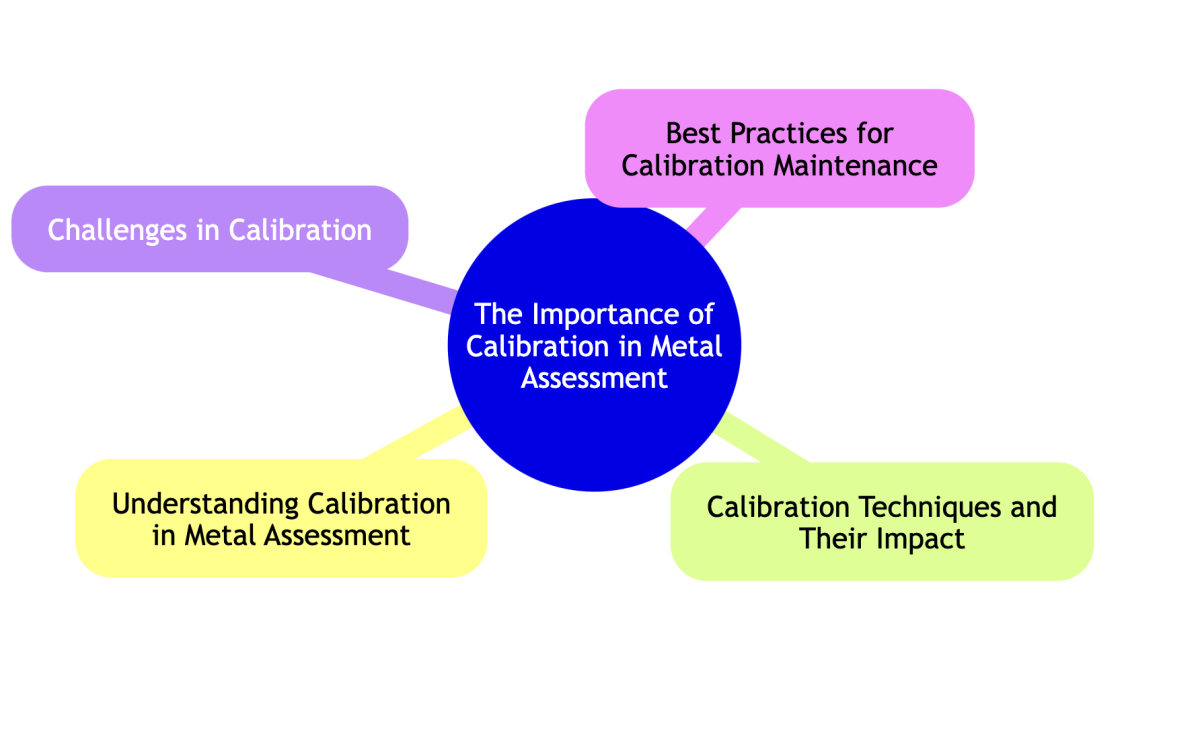
Understanding Calibration in Metal Assessment
Calibration ensures the accuracy and integrity of metal assessment processes which impact quality assurance and regulatory compliance. It is essential across all aspects of the industry from standardization to the validation of equipment.
What is Calibration?
Calibration is the process of configuring an instrument to provide results for a sample within an acceptable range.
Ensuring the accuracy of instruments like XRF spectrometers and digital scales is vital to the metals industry.
- XRF Spectrometers: Essential for non-destructive elemental analysis.
- Digital Scales: Critical for precise weight measurements.
- Calibration Weights: Used to check scale accuracy.
- Timers and Gauges: Often require calibration to maintain consistent performance.
Benefits of Regular Calibration
Regular calibration of assessment tools is about adhering to standards by sustaining trust in every measurement.
- Enhanced Accuracy: Ensures measurements are close to the standard or known value.
- Increased Reliability: Builds confidence in the performance of your measuring instruments.
- Improved Compliance: Helps meet the international standards required for various industries.
- Extended Equipment Lifespan: Regular calibration can detect issues before they become costly problems.
- Better Safety: Accurate instruments minimize the risk of accidents due to faulty measurements.
Calibration Techniques and Their Impact
Calibration techniques impact the accuracy and operational efficiency of measurement tools used in metal purity assessments.
Common Calibration Methods
Zeroing
Zeroing is the foundational calibration technique in which the instrument is set to zero before measurements begin. This ensures that any subsequent measurements are accurate and free from baseline errors.
- Process: Turn on the device, ensure it is at a stable setting, and press the zero or tare button.
- Frequency: Perform zeroing before each use or after moving the device to a new location.
- Impact: Prevents baseline drift and maintains measurement accuracy.
Using Standard Weights
Standard weights verify the accuracy of weighing scales, which is necessary for assessing the weight of precious metals.
- Process: Place the standard weight on the scale and compare the reading with the known weight.
- Frequency: Regular checks, typically monthly or quarterly, depending on usage intensity.
- Impact: Ensures the scale reads accurate weights, which is critical for the valuation and trade of precious metals.
Professional Calibration Services
Professional calibration services are recommended for high-precision instruments like XRF spectrometers.
These services use certified standards to ensure the device's accuracy over various measurements.
- Process: Calibration technicians use known samples to test and adjust the instrument’s accuracy.
- Frequency: Annually or as required by regulatory standards.
- Impact: Provides certification of accuracy, ensuring compliance with international standards and reliability in high-stakes environments.
Challenges in Calibration
Calibrating instruments in the metal assessment industry can pose several challenges, but recognizing and addressing these effectively ensures continued precision.
Identifying and Addressing Calibration Errors
Identifying calibration errors is often as crucial as the initial calibration itself.
Recognizing when an instrument deviates from its accurate readings is vital to maintaining the integrity of metal assessments.
- Symptoms: Inconsistent results, sudden changes in readings, or results that deviate from expected ranges.
- Detection: Regular testing with control samples or comparison with other calibrated instruments can help identify when an instrument has gone out of calibration.
Corrective Steps
Once an error is identified, corrective action must be taken to recalibrate the instrument or diagnose potential repairs.
- Immediate Action: Re-zeroing or running a standard calibration procedure using known weights or samples.
- Professional Calibration: If errors persist, seeking professional recalibration or repair is necessary. This may involve adjustments to the internal settings of the instrument or the replacement of faulty components.
- Documentation: Every recalibration and its reason should be documented to maintain a record of the instrument’s performance over time. This can help troubleshoot future issues and maintain a log for regulatory purposes.
Understanding and implementing these calibration methods and addressing challenges as they arise are fundamental to ensuring the reliability and accuracy of metal purity assessments.
This affects the operational quality and the credibility and compliance of the processes within the metal industry.
Best Practices for Calibration Maintenance
Developing a Calibration Routine
Establishing a regular calibration routine is crucial to maintaining the accuracy of measurement instruments.
A well-planned routine ensures that all equipment performs optimally and adheres to industry standards.
- Daily Checks: Quick zero checks to ensure no drift from the expected baseline.
- Weekly Reviews: Verify calibration with standard weights or test samples.
- Monthly Audits: Comprehensive review and recalibration if necessary.
- Annual Servicing: Professional calibration services to certify precision.
- Event-Based Calibration: After any repair, relocation, or significant environmental change.
Training and Documentation
Proper training in calibration techniques and thorough documentation are foundational to maintaining high standards in metal assessment.
Train personnel to understand the importance and procedures of calibration, while documentation keeps a reliable record of all calibration activities, which is needed for quality assurance and compliance.
Documentation Table
|
Document Type |
Purpose |
Details to Include |
|
Calibration Log |
Record all calibration activities |
Date, instrument, technician |
|
Training Records |
Ensure all personnel are trained |
Date, type of training, outcome |
|
Audit Reports |
Review and Compliance |
Findings, corrective actions |
|
Service Certificates |
Professional calibration records |
Date, service provider, results |
For Selling Gold in Pearland Houston - Gold Rush Pearland
Calibration is a cornerstone of accuracy in metal assessment.
It enhances the reliability of the results, which in turn bolsters the integrity of metal valuation processes.
By adhering to strict calibration practices, companies guarantee that their assessments meet the highest standards of precision and reliability.
Gold Rush is a leader in promoting best practices in calibration. Our commitment to maintaining high calibration standards is part of our dedication to quality and accuracy in precious metal assessments. Choosing Gold Rush means partnering with a company that values precision and reliability as much as you do.
